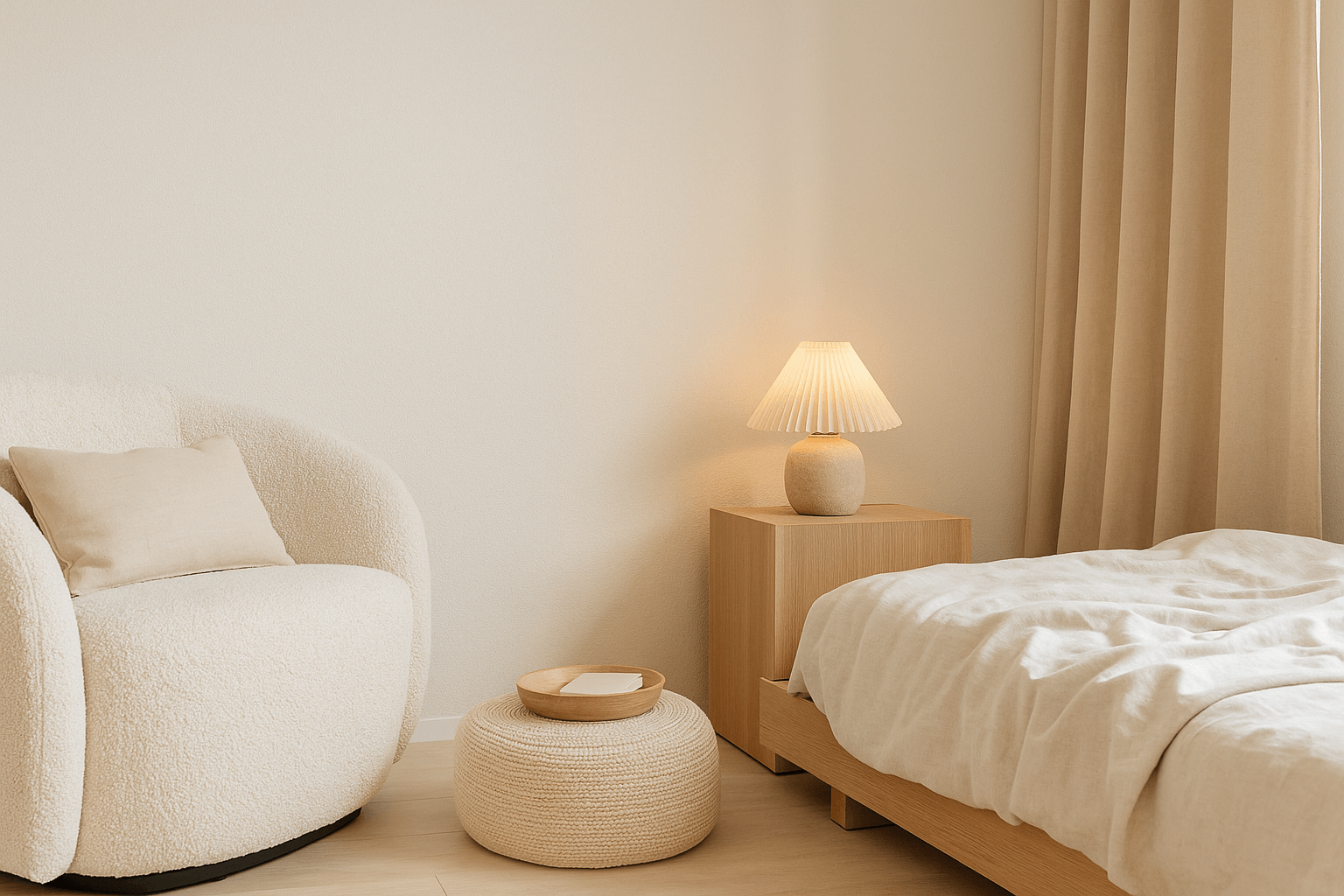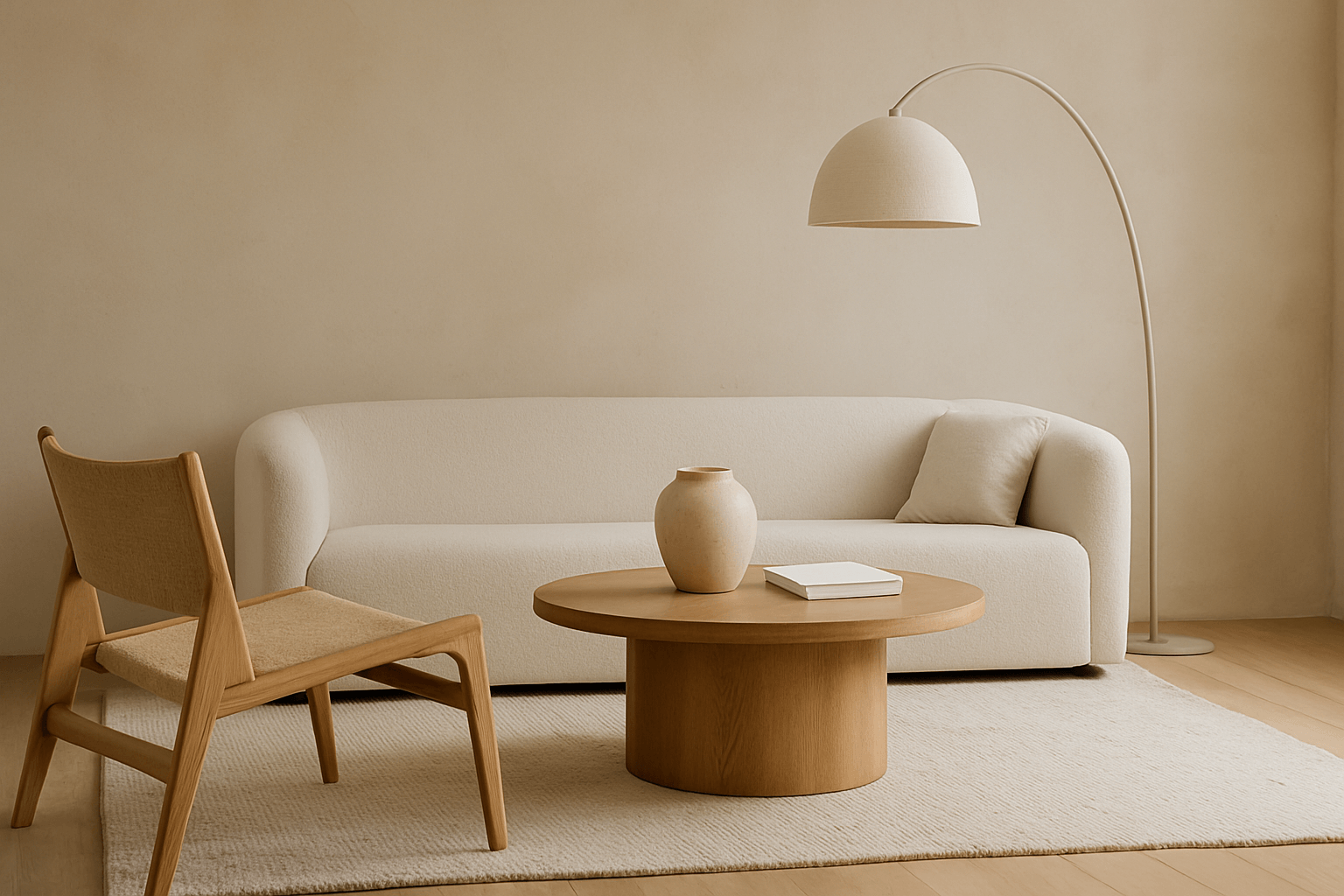What Is “Flow” in Interior Design?
Flow isn’t just a layout—it’s a feeling.
It’s how you move through a room. How your eye travels from one object to another. How a space invites you to pause, breathe, or keep walking. In minimalist interiors, flow is what makes simplicity feel intentional, not empty.
It’s the invisible structure that keeps calm from turning into cold.
Why Flow Is Essential in Minimalist Homes
-
Supports mental clarity
-
Prevents design from feeling static
-
Guides natural movement
-
Reduces friction in daily rituals
Without flow, even a minimal space can feel awkward or lifeless. With it, the home becomes a quiet choreography.
How to Create Flow in a Minimalist Space
1. Clear the Pathways
Open walkways between furniture. Avoid obstacles at corners and doorways. Flow starts with physical ease.
2. Think About Where the Eye Goes
Use soft contrast or layered objects to lead the gaze gently across a room. A line of light fixtures. A low bench facing an open wall. Visual rhythm creates movement.
3. Repeat Elements Subtly
Flow loves familiarity. Echo a shape, a texture, or a tone in different parts of the space. This builds cohesion without clutter.
4. Let Light Guide You
Natural light creates organic flow. Arrange furniture and spacing around how light enters the room at different times of day.
5. Avoid Visual Blockages
Avoid placing large or heavy objects where they interrupt openness. Let volume taper near thresholds and center near rest zones.
Emotional Flow: What It Feels Like
-
You breathe deeper as you move through your space
-
Your eyes aren’t “trapped” by too much detail
-
You don’t think about where to go next—it just feels right
-
There’s a natural pace to how the room holds and releases your attention
That’s when design becomes invisible, but impactful.
Final Thoughts
Designing for flow is how minimalist interiors become livable. It’s what turns stillness into softness. Simplicity into clarity. Openness into ease.
Let your home move with you, not against you. Let every room become a quiet current, drawing you forward without rush.
















